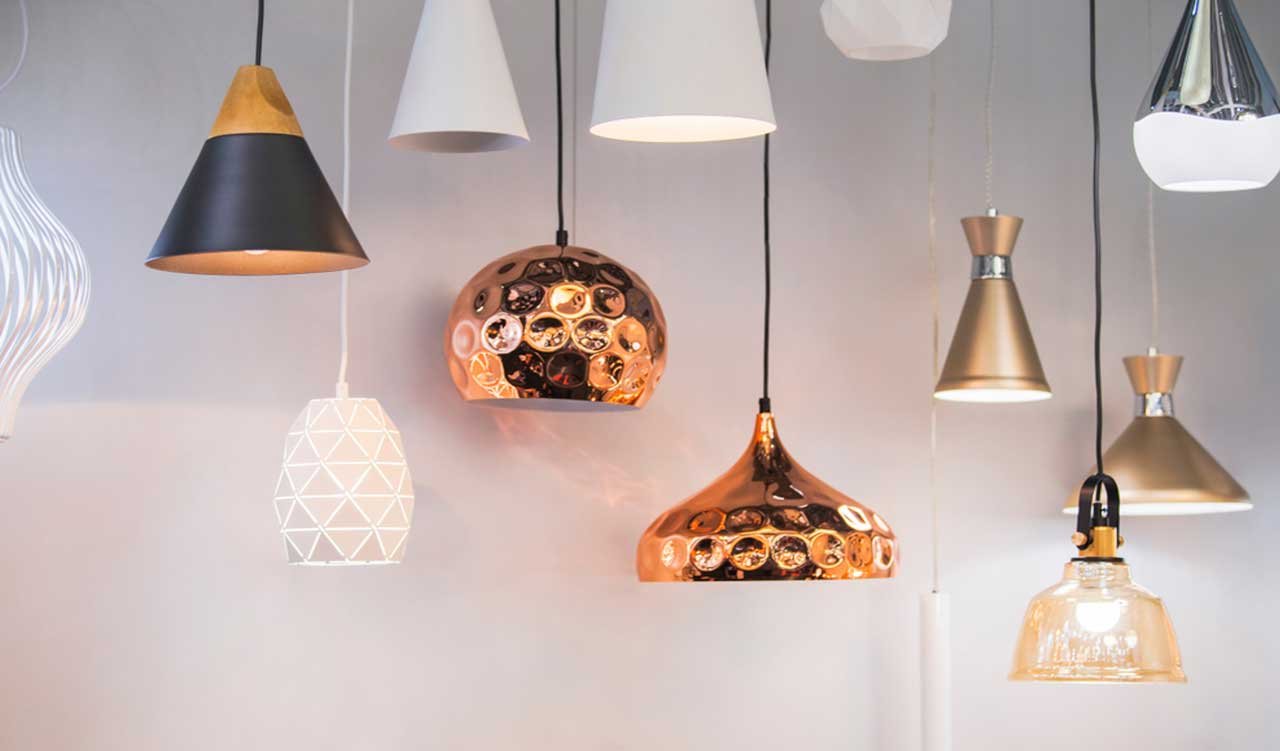While you might agonize over cabinet and countertops, think critically about flooring and wall color and frantically rearrange your furniture to find the right feng shui — but what you should be spending most of your design energy doing is considering the lighting in your space.
Lighting is the unsung hero of home interior design; the right lighting can make any room look inviting and chic, and the wrong lighting can make the most expensive design choices look cheap.
If you haven’t paid much attention to the lighting in your home, it is likely that you are making at least one lighting mistake that could be dashing your interior design dreams. Here are a few of the more common errors home decorators make when it comes to lighting and what you can do to fix your lighting issues.
Too Many Recessed Lights
Recessed lights seem like the perfect lighting solution: They go with every design style, don’t take up any space and can provide ample illumination. However, many homeowners overuse this perfect solution, which makes it less than perfect. Most recessed lights point directly downward, which creates harsh and unattractive light on faces and spaces.
The best place for recessed lights is along walls, which allows the light to hit vertical surfaces to create more attractive and comforting ambient illumination. Plus, using recessed lights on vertical surfaces increases their lumen output, meaning you can do more with less.
Improperly Scaled Lights
You wouldn’t put a grand crystal chandelier in a small powder room, and you wouldn’t stick a flush mount light in an open concept kitchen with 14-foot ceilings. The scale of a light should match the scale of the room — but getting this right is more difficult than many homeowners expect. To make the issue of scale easier to manage, here are two formulas that works for most spaces:
To calculate diameter:
- Measure the length and width of your room in feet
- Add the two measurements together
- That value in inches is the ideal diameter of appropriate light fixture
To calculate height:
- Measure the height of the room in feet
- Multiply by 2.5 and 3 per foot
- Those values in inches are the ideal range of heights for your light fixture
Not Enough Task Lights

Task lights provide bright light in a limited area to help with accomplishing certain tasks. Not every room needs task lights because not every room is used to finish projects, but there are rooms where task lighting is essential.
At the very least, you need to install task lights in the kitchen and bathrooms over countertops and vanities. You might consider adding task lighting in other spaces, like offices or workshops, as utilitarian illumination.
Missing Light Layers
Having one source of illumination is a good way to ensure your room feels severe and uninviting. Most areas benefit from having several layers of light, which enhance the comfort and style of a space. On the flipside, having too many layers can feel chaotic and overwhelming.
Ambient, accent and task lighting are the three most important layers, on which you should focus while designing your interior spaces. For example, you might use ceiling fans with lights for ambient lighting, a few wall sconces for accent lighting and well-placed pendant lights for task lighting.
Lacking Light Controls
Sometimes, you want bright lights for getting things done; other times, you want dimmer illumination, for comfort or ambiance. While having layers of light can help give you more options when it comes to the intensity of your room’s illumination, it is even better to have the proper controls. Installing dimmer switches is easier than you might expect, so as long as you use dimmable bulbs in your light fixtures, you could have more control over your lights after just a few minutes of work.
Light Decorations
Light is a critical element of décor, so you shouldn’t be afraid of incorporating some lights that purely serve as decorations. A light doesn’t have to be practical to be pretty; if the look of the light works with the rest of your interior style, you might as well install it and generate functional illumination with other lighting elsewhere.
You can light up a room by putting any old bulb in any old fixture — but that won’t necessarily make the room functional or appealing. By avoiding the above lighting mistakes, you can give your interior design a much-needed boost and benefit from better illumination, to boot.

